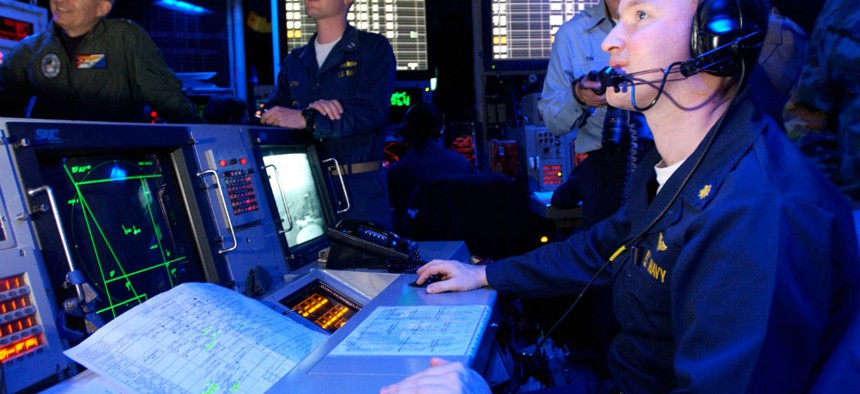Navy delays NGEN-R contracts, merges domestic and global IT
The Navy announced it is moving the NGEN-R awards from July of 2018 to November and December of 2018.
The Navy announced a delay in the award schedule of the Next Generation Enterprise Network Re-compete (NGEN-R) primary contracts, moving the planned award date from July of 2018 to November and December of 2018.
The announcement also cited progress with an ongoing Navy effort to merge domestic and international IT systems.
NGEN-R will provide IT services to Navy Outside of the Continental United States (OCONUS) users via the OCONUS Navy Enterprise Network (ONE-Net), the service statement said.
There are two primary NGEN-R contracts; one is called End User Hardware covering hardware-as-a-service and hardware-for-purchase – the other is Service Management, Integration, and Transport covering print services software core build services, service desk and computer network defense.
The schedule change allows for the implementation of a new sprint contract development process that includes significant interaction with industry through weekly industry conference calls, one-on-one industry question and answer sessions, and a forthcoming Engineering Day, a Navy statement said.
The increased Industry interaction encourages industry input early on in the process to develop better acquisition documents for government and industry.
Traditionally, domestic data systems have been stove-piped and separated from overseas data systems closer to a shore-based operational environment.
The integration of NMCI (Navy Marine Corps Intranet) and ONE-Net brings standardization of network command-and-control and the way network services are delivered globally to Navy shore locations, service officials explained.
The plan is to create a uniform global service delivery model. Merging CONUS and OCONUS environments will be expedited through the NGEN-R acquisition process, service officials said.
While the integration of IT networks for more than 700,000 CONUS users with more than 33,000 OCONUS users brings advantages, such as greater interoperability and faster access to relevant data, service officials said the Navy has been cautious in its approach to ensure protection of operational networks.
Merging the two networks will also include converging two otherwise disparate business models as a way to improve support to operational commanders in OCONUS environments.
Faster moving IT design teams will allow for concurrent design efforts and reduce development time by more than 50 percent, Navy program managers said.




